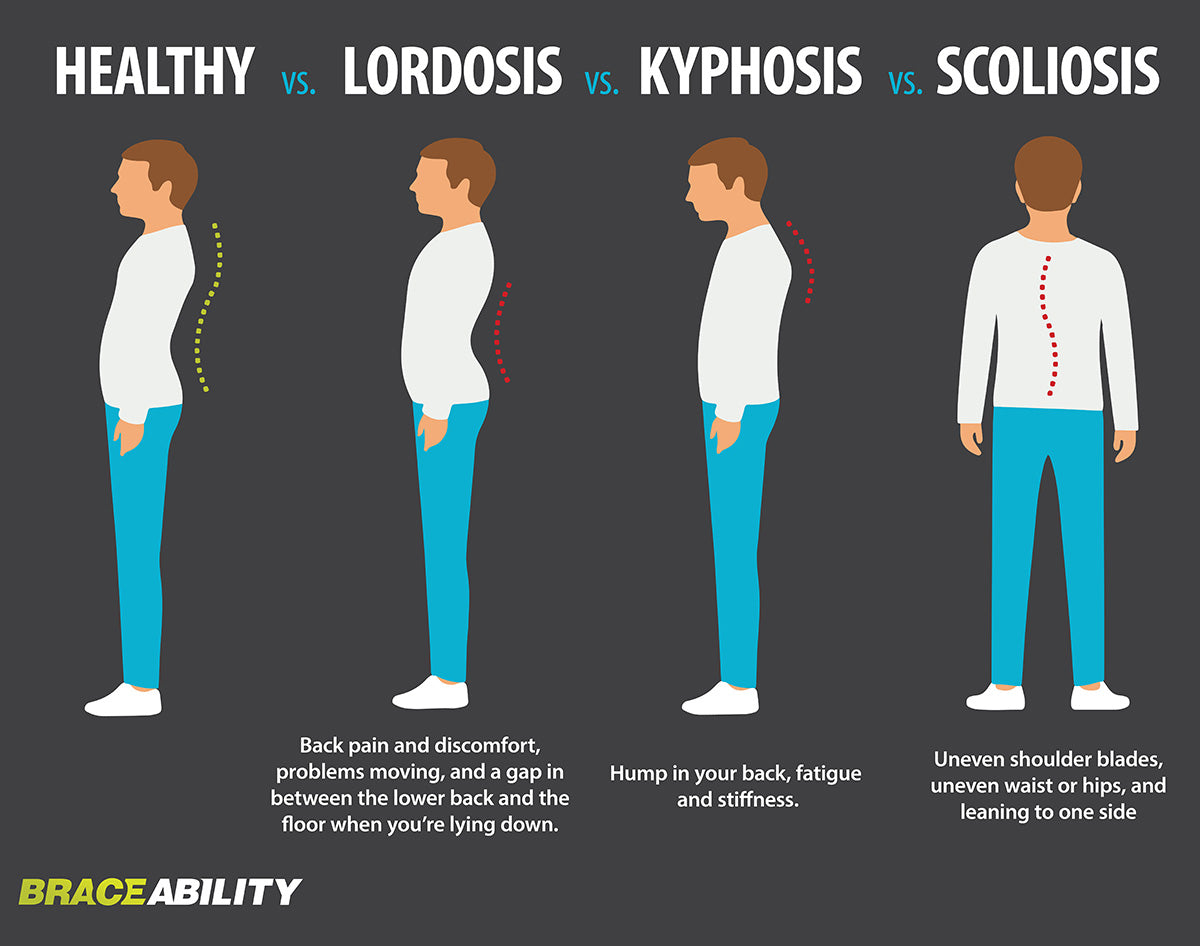Scoliosis, a spinal condition characterized by a sideways curvature, can manifest in various ways depending on its severity. In cases where the spinal curve is less than 25 degrees, ongoing monitoring is recommended to observe if the angle is increasing. If the curve is found to be increasing, or if it measures between 25 and 40 degrees, bracing is often employed as a treatment method. When the angle exceeds 45 to 50 degrees, surgical correction may become necessary.
Degenerative scoliosis represents a specific type of scoliosis that develops in adults due to spinal degeneration, such as osteoarthritis or spondylosis. This condition typically features a curve of 10 degrees or greater. The progression of adult scoliosis can be observed from the age of 14 through to 46, showing the gradual development of the curve.
Scoliosis can impact any of the three major sections of the spine: the cervical spine (neck), thoracic spine (chest and upper back region), and the lumbar spine (lower back). Each area presents its unique challenges and symptoms.
Flatback syndrome is another spinal condition where the lower spine loses its normal curvature, leading to a type of sagittal imbalance. The spine usually has several gentle front-to-back curves, including the lordosis or inward curve in the lumbar spine. Maintaining good posture is vital in managing or preventing this condition. Slouching with a forward head and rounded upper back disrupts the spine’s natural alignment, as does an exaggerated military-style posture.
Lordosis, on the other hand, involves an exaggerated inward curve of the lower back. This condition can make the buttocks appear more prominent, giving a ‘swayback’ appearance. A normal spine appears straight when viewed from behind, but lordosis presents a noticeable curvature of the back.
In children and teenagers with scoliosis, back pain is often a sign of an additional condition. A scoliosis diagnosis is made when a sideways curvature in the spine exceeds 10 degrees. In adults, treatment is usually sought when this curve surpasses 30 degrees.
The spine naturally has curves ranging from 20 to 50 degrees in the cervical, thoracic, and lumbar regions. Kyphosis is characterized by an abnormally convex curve, making the spine appear bowed out.
For more detailed information on these conditions, please visit CHOP, HSS, HSS, Columbia Neurosurgery, Harvard Health, CHOP, HSS, and CHOP.



